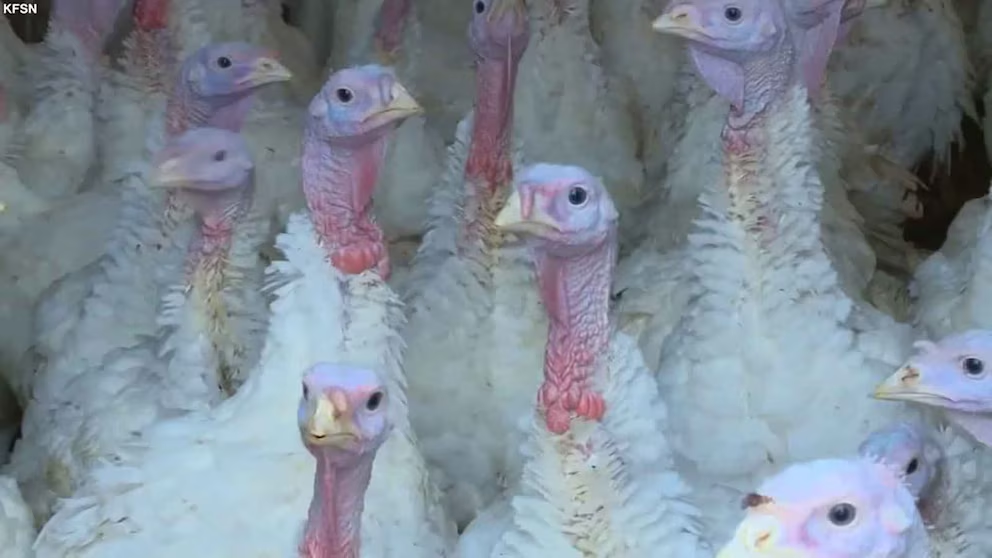
H5N1 Bird Flu Cases Surge: US Reports First Human Death in Unprecedented Outbreak
The United States is facing an unprecedented outbreak of H5N1 bird flu, with 66 confirmed human cases reported in 2024 and the nation’s first H5N1-related human fatality, according to recent CDC data. This comprehensive report examines the current state of avian influenza A(H5N1) and other respiratory virus activities across the US and Europe as of January 2025.
Growing Concerns Over H5N1 Transmission Patterns
In a significant development, health officials have identified diverse transmission patterns among the 66 confirmed cases. Approximately 60% of cases (40 individuals) contracted the virus through exposure to dairy cattle, while 35% (23 cases) were linked to infected poultry contact. The remaining cases involved either unknown or alternative animal exposures, highlighting the virus’s concerning ability to infect multiple species.
The Centers for Disease Control and Prevention (CDC) maintains vigilant monitoring of two crucial pandemic indicators: evidence of sustained human-to-human transmission and viral mutations that could facilitate easier spread among mammals. Adding to regional concerns, Canada recently confirmed its first locally acquired human case of A(H5N1) in 2024.
Concurrent Respiratory Virus Activity
The seasonal influenza landscape remains particularly active, with CDC estimates indicating approximately 9.1 million illnesses, 110,000 hospitalizations, and 4,700 deaths during the current flu season. A(H1N1)pdm09 and A(H3N2) continue to be the predominant circulating subtypes.
According to the European Centre for Disease Prevention and Control (ECDC), the EU/EEA region is experiencing an expected seasonal increase in both influenza and RSV activity. Current data shows a 12% test positivity rate for influenza and 9% for RSV in primary care settings.
Public Health Response and Recommendations
Health authorities emphasize several critical measures to address these challenges:
- Enhanced surveillance systems for tracking viral activity and genetic changes
- Clear public health communication regarding prevention strategies
- Updated pandemic preparedness protocols
- Increased access to seasonal influenza vaccines, particularly for high-risk populations

The ECDC currently assesses the risk from circulating HPAI A(H5N1) clade 2.3.4.4b viruses as low for the general population, while maintaining a low-to-moderate risk assessment for individuals with direct exposure to infected animals or contaminated environments.
